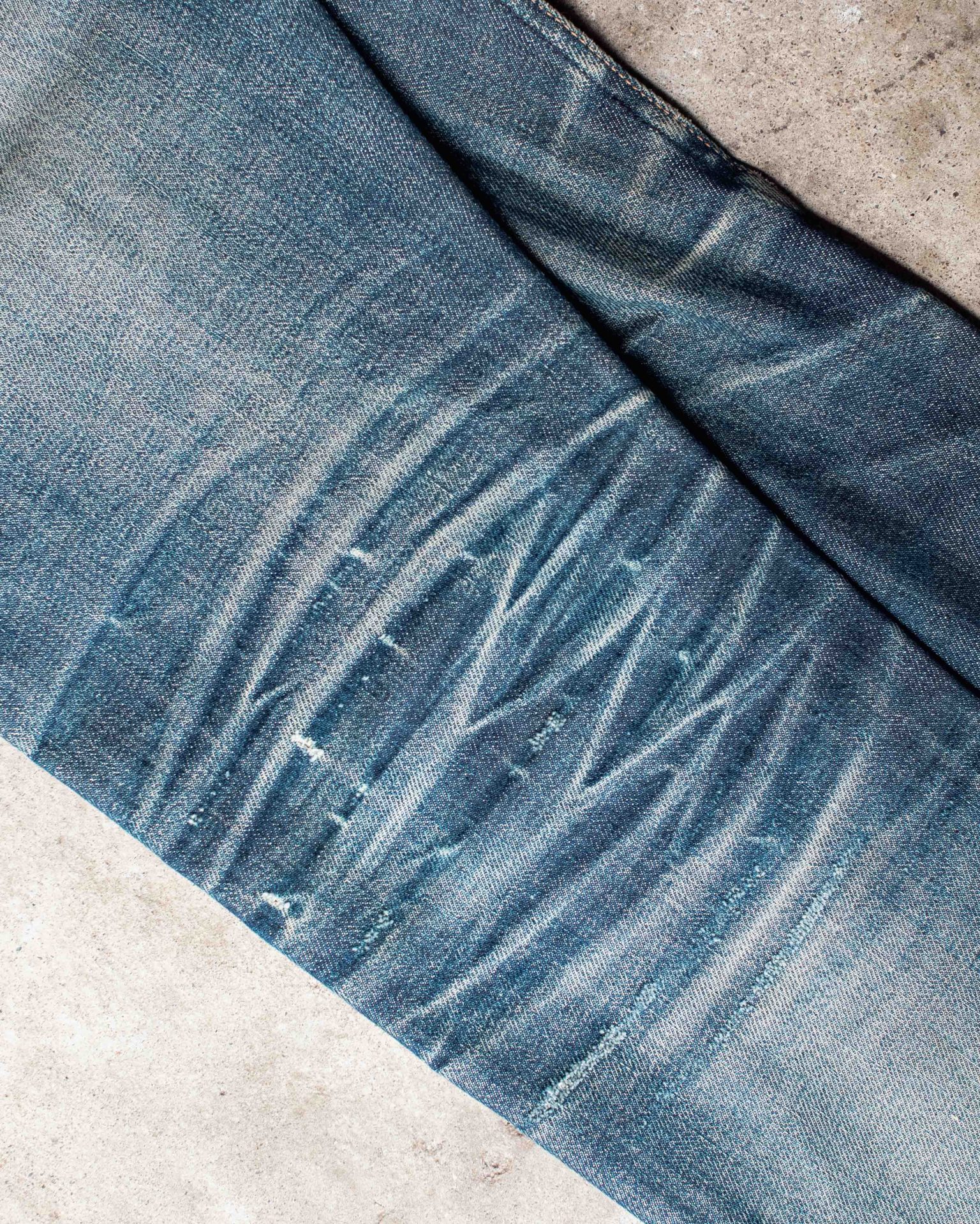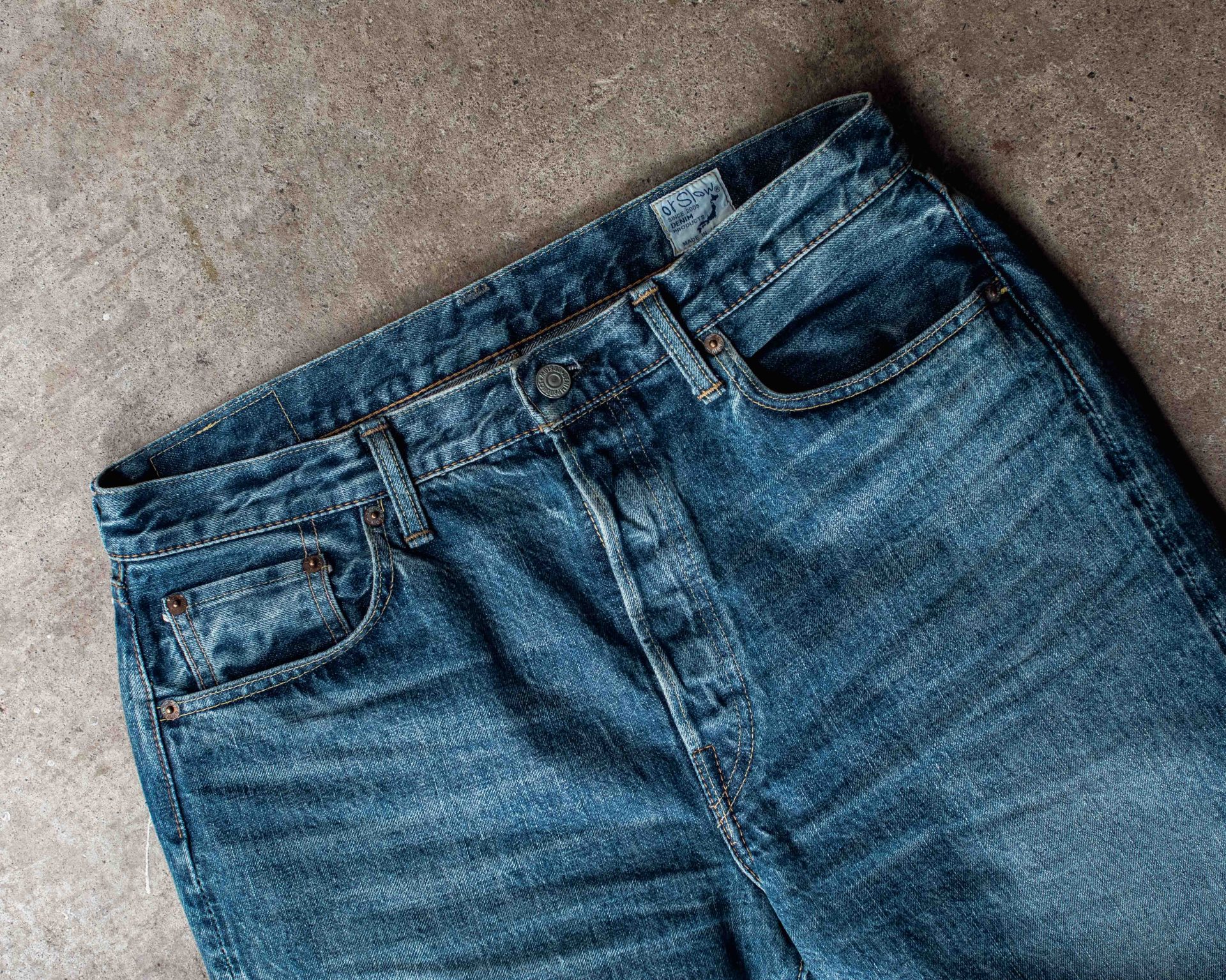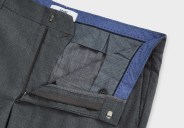If you’ve spent any time researching quality jeans, you’ve likely encountered numerous pairs of raw denim. Much like the name implies, this denim is unwashed and undistressed, likely cut and sewn into jeans right off the loom. This is how jeans were made a century ago, and an implied sense of purity within the process has inspired many adopters to distinguish raw denim as an objectively better product.
It’s not.
Quality denim is based on a range of factors — materials, processing, manufacturing, sewing. It’s available in a range of washes, too. In fact, washed denim has benefits lost to denim enthusiasts who subscribe to the belief that it’s raw or nothing.
Superiority Complex
A decade ago, many of the brands that produced raw denim jeans were indeed making a higher quality product. The majority of these manufacturers were Japanese, focused on replicating the style and feel of vintage Levi’s jeans.

In subsequent years, the style became ubiquitous across all levels of manufacturing and price-point. Customers, myself among them, bought into the notion that raw denim was a marker of excellence. But this is an oversimplification of quality, not entirely different to the blind value attached to things labeled “Made in America.” (Supporting local industry has its merits but the truth is, some of the best-made products come from overseas.)








